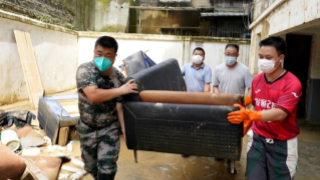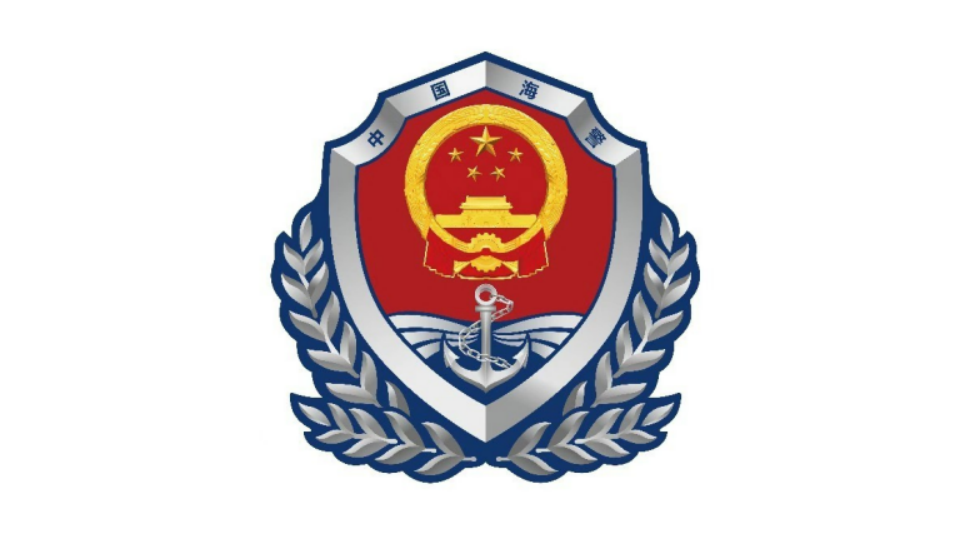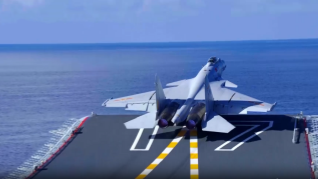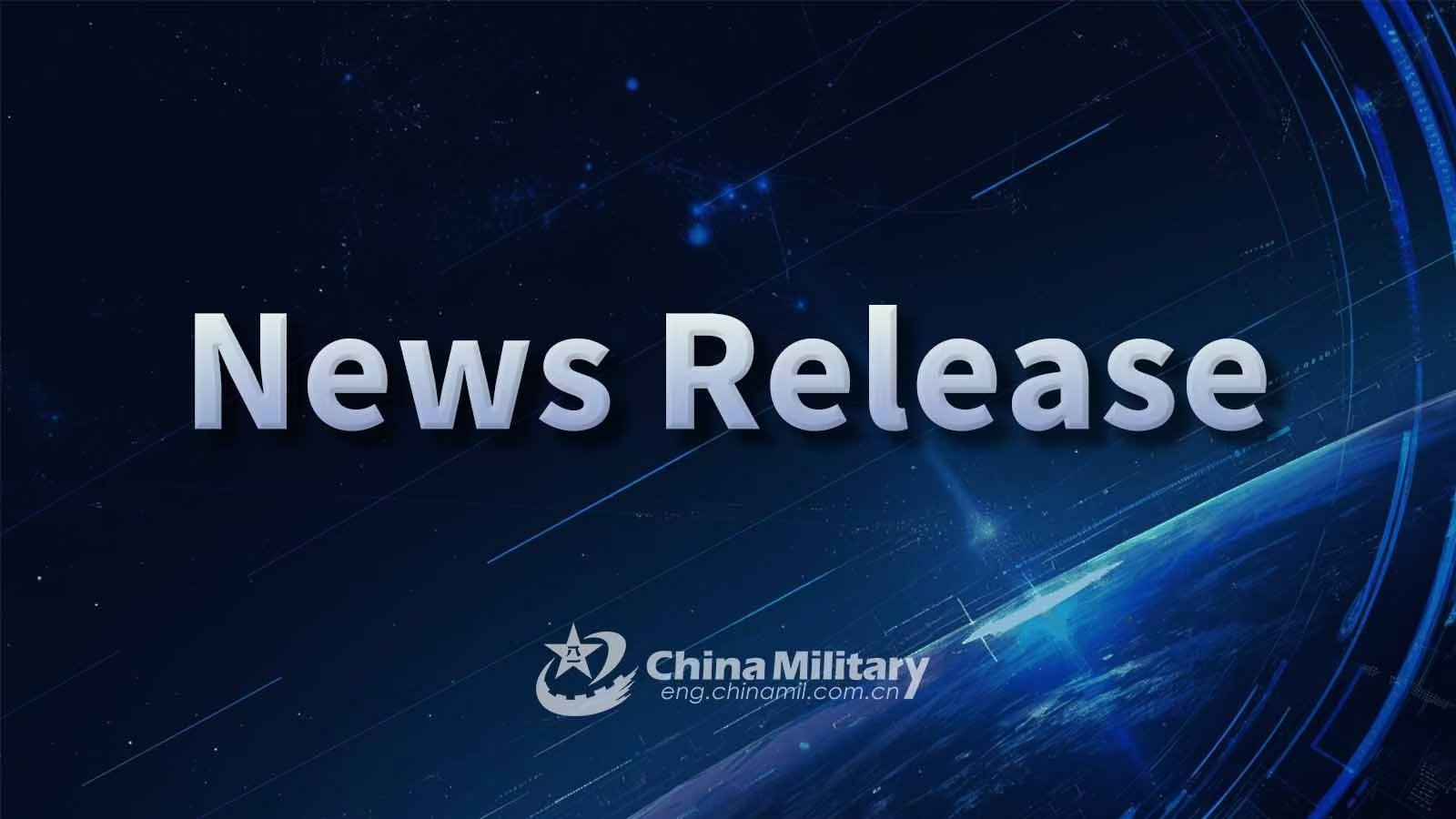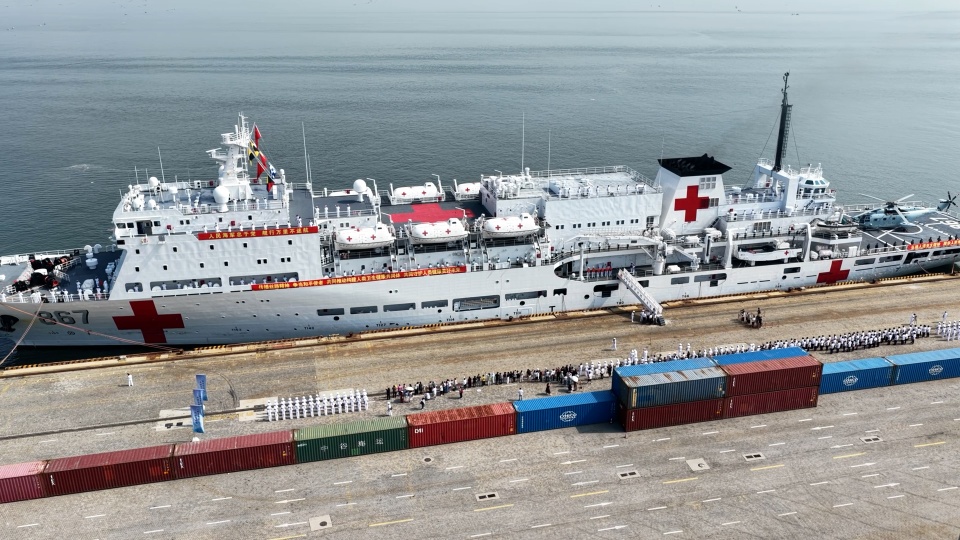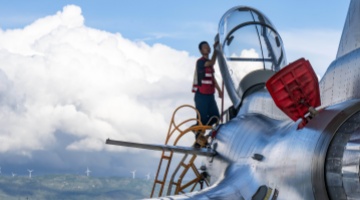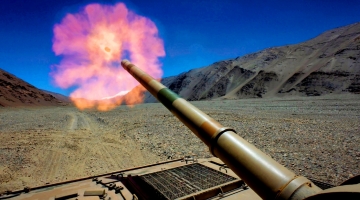By Wu Minwen
According to a recent report by The Washington Post, US Secretary of Defense Pete Hegseth signed a classified internal document titled the Interim National Defense Strategic Guidance, in which China is described as the so-called sole pacing threat. The document not only exaggerates the threat posed by China by extending it to include issues such as Greenland and the Panama Canal but also interferes in China's internal affairs by addressing the Taiwan question. Meanwhile, the US is repositioning the structure of its military forces and shifting its strategic focus to the Indo-Pacific region. This reflects the Trump administration's fundamental strategic orientation. Its military strategy and China policy are very clear—namely, the strategic contraction in Europe and the Middle East is intended to concentrate efforts on containing China.
Hegseth embarked on his first trip to Europe since taking office to attend the 26th meeting of the Ukraine Defense Contact Group on February 12 of this year. During the meeting, Hegseth announced the Trump administration's new policy on Ukraine and also clearly demanded that European countries be self-reliant in terms of security. He further declared that the US prioritizes the so-called threat posed by China, which he claimed intends to threaten our homeland and core national interests in the Indo-Pacific.
On March 24, Hegseth began his first trip to the Asia-Pacific as Secretary of Defense. He visited Hawaii, a US state in the Pacific, and Guam, a US territory in the western Pacific, as well as the US' Asia-Pacific allies, the Philippines and Japan. This itinerary aligns closely with his earlier remarks in Europe concerning our homeland and core national interests in the Indo-Pacific. The Trump administration is attempting to strengthen US-Philippine military cooperation and US-Japan military alignment. Since the current Marcos government in the Philippines came to power in 2022, it has fully relied on the US and actively joined the Indo-Pacific Strategy to contain China. During the Biden administration, the number of US military bases in the Philippines increased from five to nine. On this trip, before arriving in Japan, Hegseth visited the Philippines on March 28 after meeting with Admiral Samuel Paparo, Commander of the US Indo-Pacific Command in Hawaii, and inspecting military facilities such as Andersen Air Force Base in Guam. This clearly demonstrates the Trump administration's attention to the Philippines, a relatively weaker chess piece on the first island chain and also serves as an encouragement and acquiescence to the Philippines' role in stirring up trouble in the South China Sea.
During a meeting with Japanese Prime Minister Shigeru Ishiba on March 30, Hegseth said that the US and Japan stand firmly together in the face of so-called Chinese aggressive and coercive actions. US-Japan security cooperation will be further deepened and concretized. The two sides reaffirmed that the US Forces Japan headquarters will be upgraded to a joint force command. They also agreed to accelerate joint production of advanced medium-range air-to-air missiles and Standard Missile-6 (SM-6) ship-based air defense missiles to increase ammunition reserves in preparation for contingencies.
Perhaps considering the internal political struggles in the ROK and the subsequent direction, Hegseth bypassed the ROK, an important ally in the region, during his trip to the Asia-Pacific region. However, Japan and the Philippines are both key countries on the first island chain of the US Indo-Pacific Strategy to contain China. Hegseth's move has a clear purpose, and his malicious intentions are exposed. We must remain highly vigilant.
(The author is from the College of Information and Communication, National University of Defense Technology.)
Editor's Note: Originally published on zqb.cyol.com, this article is translated from Chinese into English and edited by the China Military Online. The information and opinions in this article do not necessarily reflect the views of eng.chinamil.com.cn.





